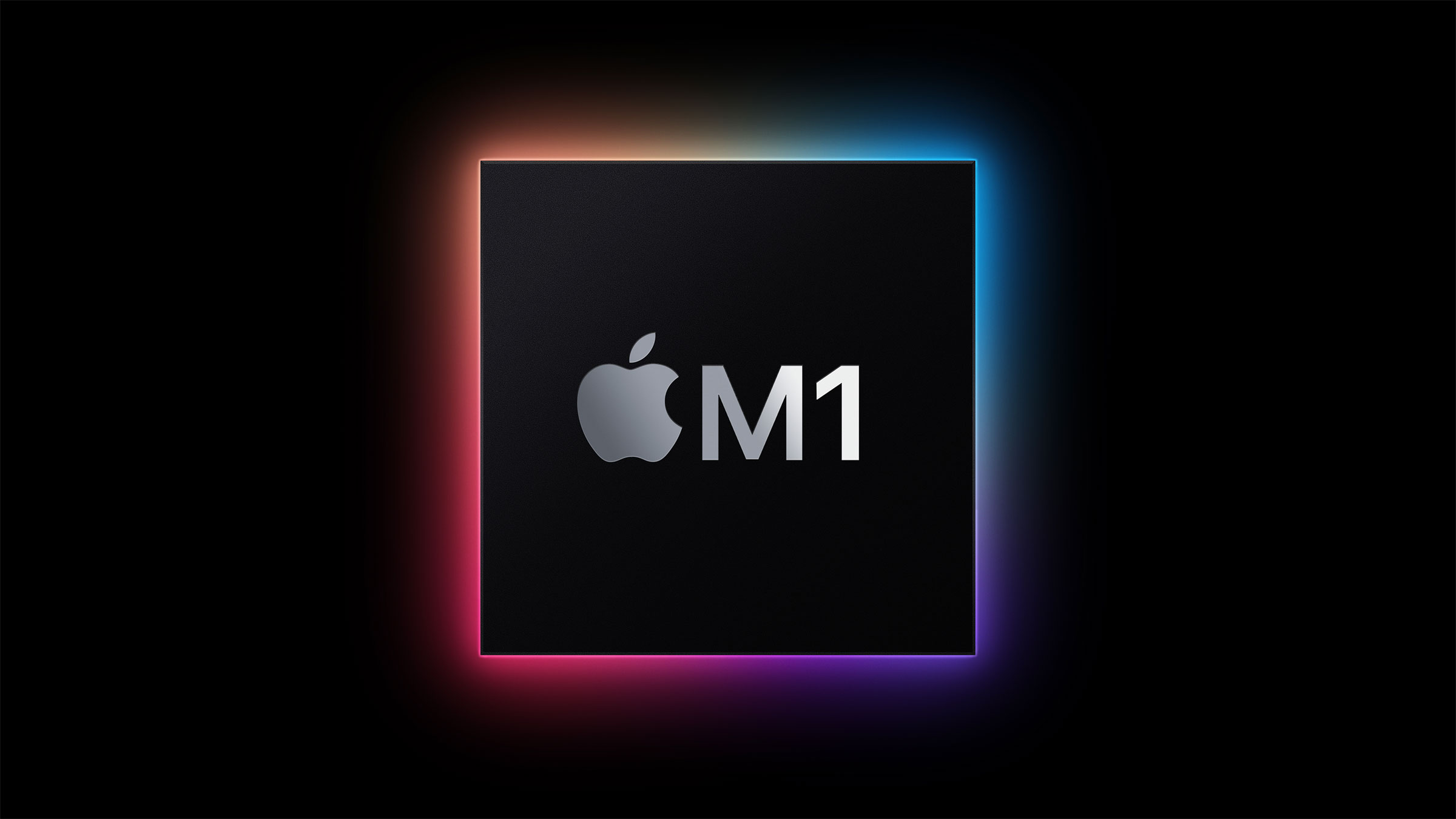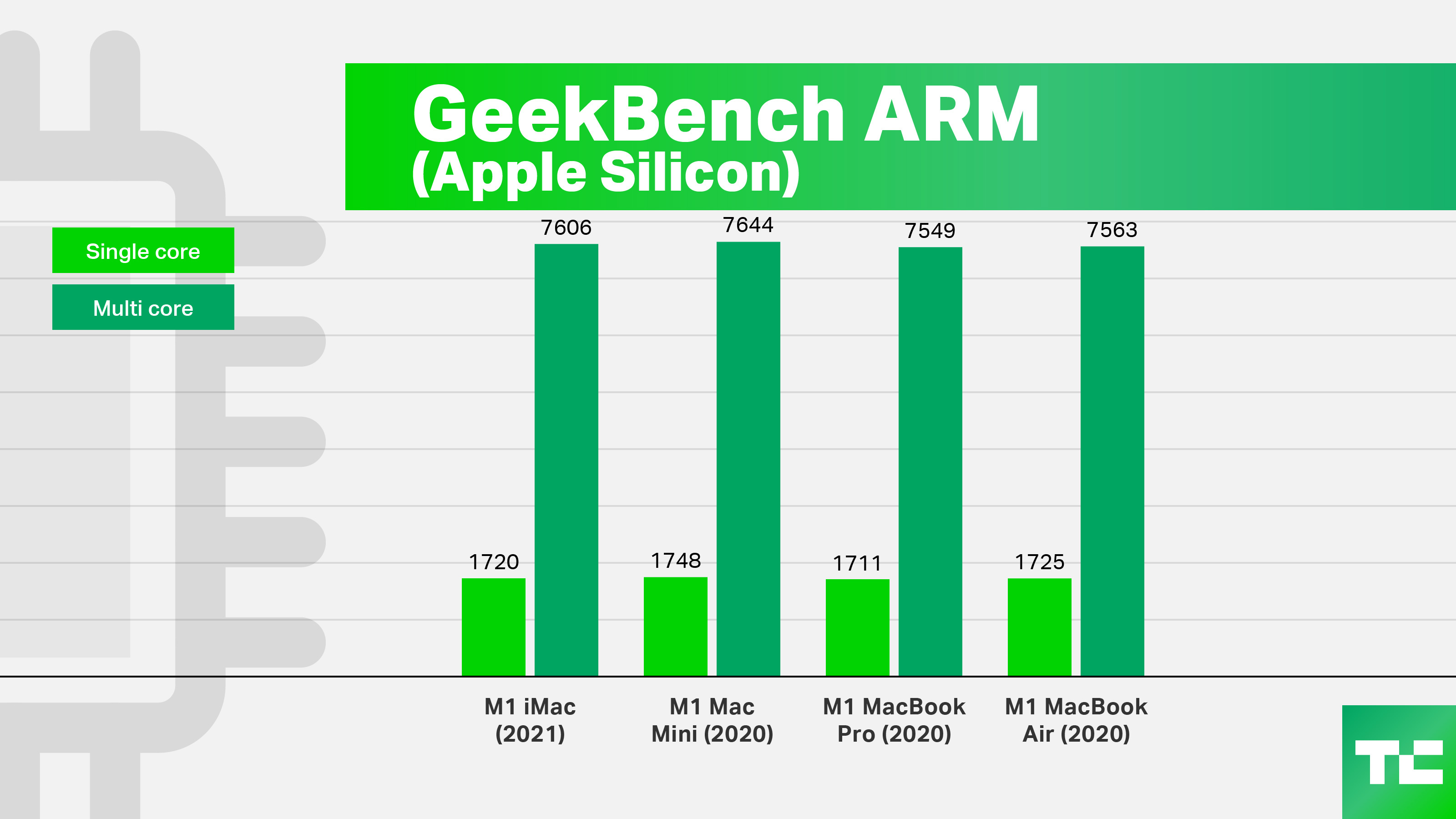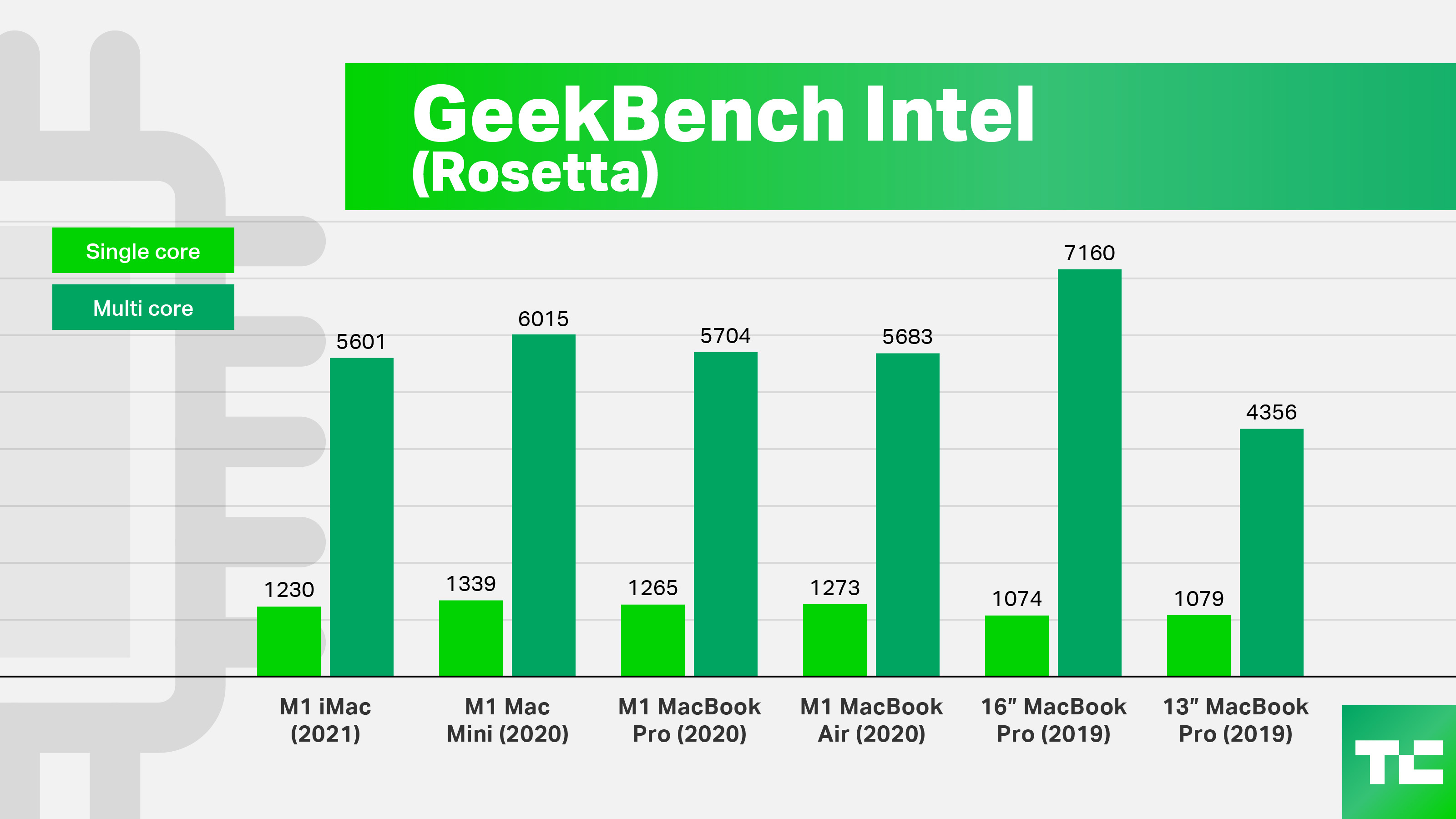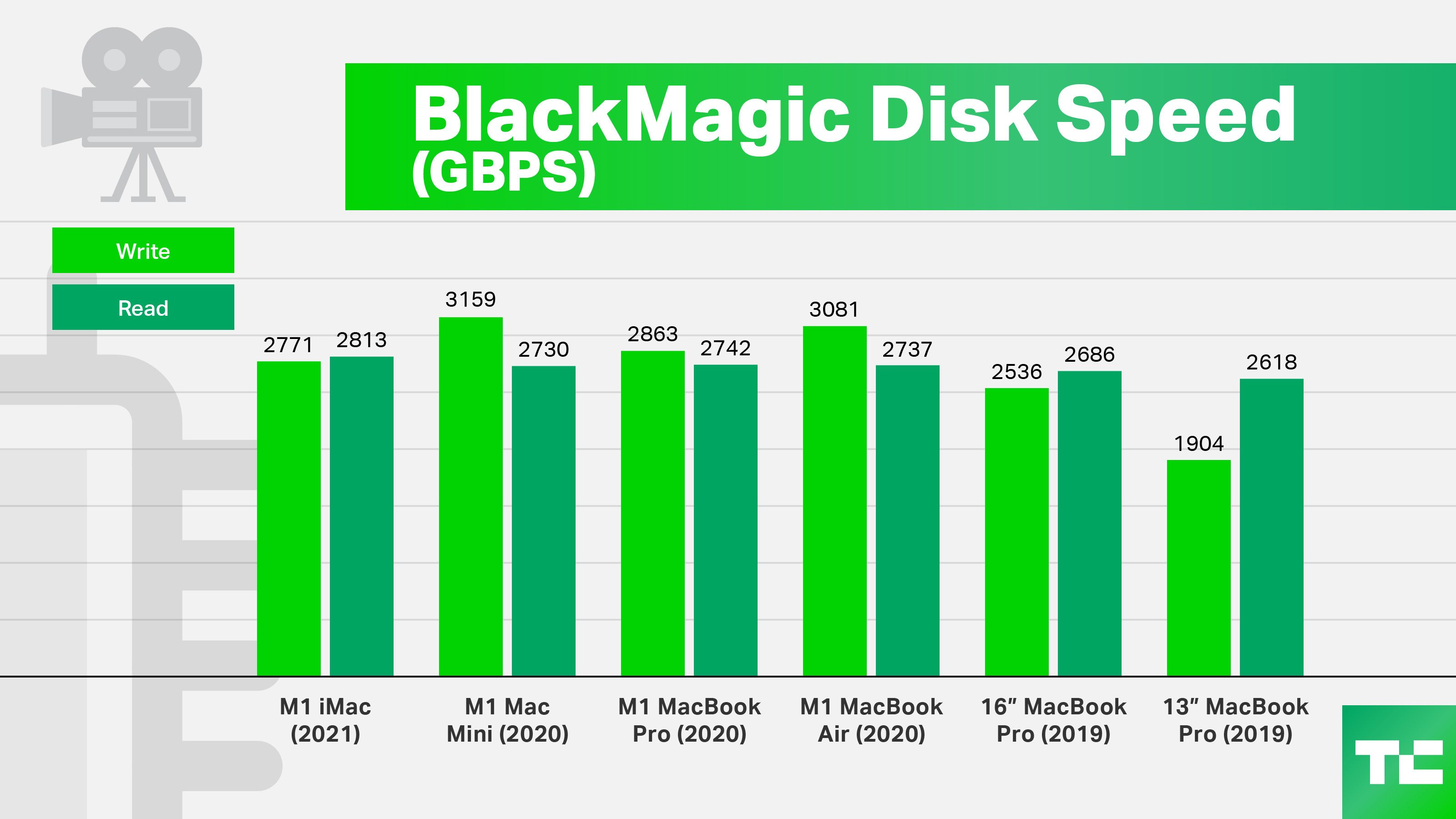News: Apple 24-inch M1 iMac review
Last September we concluded our 27-inch iMac review thusly, The big open question mark here is what the future looks like for the iMac — and how long we’ll have to wait to see it. That is, of course, the perennial question for hardware upgrades, but it’s exacerbated by the knowledge of imminent ARM-based systems
Last September we concluded our 27-inch iMac review thusly,
The big open question mark here is what the future looks like for the iMac — and how long we’ll have to wait to see it. That is, of course, the perennial question for hardware upgrades, but it’s exacerbated by the knowledge of imminent ARM-based systems and rumors surrounding a redesign.
It was, as these things go, less than a full-throated endorsement of Apple’s latest all-in-one. We certainly weren’t alone in the assessment. It was a weird liminal zone for the computer — and Macs in general. At WWDC in June, the company had taken the unusual step of announcing its move from Intel to its own in-house chips without any hardware to show for it.
The reasoning was sound. The company was looking to help developers get out ahead of launch. It was going to be a heavy lift — the first time the Mac line had seen such a seismic shift since 2005. Fifteen years is a long time, and that’s a lot of legacy software to contend with. While the move wouldn’t outright break every piece of MacOS software, it was certainly in devs’ best interest to optimize for the new hardware, by way of the Mac Mini developer kit the company was offering. The full transition to the new silicon, Apple noted, would take two years.

Image Credits: Apple
In November, the company debuted the first M1 Macs: a new Mac Mini, MacBook Air and 13-inch MacBook Pro. We spent several thousand words reviewing all three systems, but ultimately Matthew put it pretty succinctly, “Apple’s new M1-powered MacBook shows impressive performance gains that make Intel’s chips obsolete overnight.”
Which is, you know, a rough look for an all-in-one launched a mere two months before. That goes double for a system that hadn’t seen a fundamental redesign in some time. Two months after launch, the 2020 iMac was already starting to feel old.

Image Credits: Brian Heater
Fast-forward to last month, when Apple announced the new iMac amid a flurry of hardware news. This, it seems, was the iMac we’d been waiting for. The new system brought the most fundamental redesign in a decade, with an ultra-compact new form factor, improvements to audio and video (a big sticking point in the remote work era) and, perhaps most importantly, the new M1 chip.

Image Credits: Brian Heater
The biggest thing the 2020 system has going for it is that it’s, well, big. Having used a 27-inch iMac for much of my day-to-day work throughout the pandemic, I’m honestly surprised by how much I miss those extra three inches. I’d initially assumed that added bit of screen real estate was going to be fairly negligible once you’ve passed the 20-inch threshold, but turns out, like anything else, it takes some getting used to.
There’s an immediate upside, too, of course. I was genuinely surprised by how compact the new design is, compared to past iMacs. In spite of adding 2.5 inches to the display size over the 21.5-inch, the new system is an extremely thin 11.5 mm (or 14.7 when the stand is factored in).
The overarching theme for the system is “cute.” This is not a word I often apply to technology. Words like “cool” or “sleek” are generally go-tos here. But I’m at a loss for a better word to describe what feels like a true spiritual successor to the iMac G3. The colorful line of all-in-ones ushered in Steve Jobs’ second triumphant stint with the company, arriving at the tail end of a decade in a year personified by the Volkswagen’s New Beetle.
Of course, the design language has evolved dramatically in the nearly quarter-century since the first iMac arrived, owing to changing styles and, of course, ever-reducing component sizes. The flat-panel design arrived early this century and settled into the most recent design around 2012. Sure, there have been plenty of updates since then, but nine years is a long time for an Apple design to go without a major refresh.

Image Credits: Brian Heater
It finds the company moving from what was ostensibly an industrial design to something more warm and welcoming. The color is the thing here. It was the most frequently discussed question around the TechCrunch (virtual) offices. Everyone wants to know which we’d be getting. Mine landed with a yellow hue — something nice, light and spring. Honestly, it’s more of a gold than I expected, with a bright and shiny glean to it. I will advise that anyone who plans to buy one of these systems visit an Apple Store if there’s one nearby if you’re comfortable doing so. It’s really the sort of thing that really benefits from being seen in person, if possible.
That goes double here — since, boy howdy, is Apple on theme. The keyboard matches, the cables match, the desktop wallpaper matches, the adorable packaging matches (it’s a fun unboxing experience, as those things go) and even little touches like the OS buttons match. The latter two, obviously, are something you’re able to futz around with a bit. But the system and even the keyboard is a bit more of a commitment, really. After all, this is probably the kind of thing you’re going to want to hold onto for a number of years, so lighting and interior decorating are both worth considering before you make your decision. I recognize this is an odd thing to think about when talking about a desktop computer, but, well, it’s the iMac.
The company is offering an AR iOS app for seeing how the new iMac will fit in with its surroundings, which is a clever — and probably useful — touch. The system also weighs in at less than 10 pounds. This is admittedly not something I’ve given much thought to with desktops. “Portable” is a weird way to describe the form factor, but particularly compared to other desktop systems, it kind of fits? At the very least, it’s not entirely out of the realm of possibility that you can occasionally move the thing from room to room, as needed.

Image Credits: Brian Heater
In broad strokes, the front of the system is similar to that of the past iMacs, though the bottom panel and its large Apple logo have been swapped out of a streak of color. The pane of glass lies flush with the screen and a not insignificant white bezel that frames it. The bezel, combined with the panel, comprises a not insignificant amount of real estate below the display, likely owing to the placement of components and the downward-firing speaker grille that runs the full length of the computer’s bottom. Up top is the newly upgraded 1080p HD Webcam — the first on any Mac.
As with past iMacs, the system sits atop a stand. In the case of the yellow model, at least, the stand is a notably darker hue than the front of the system. There’s a VESA mount option configurable upon purchase, but the stand itself is very much not designed to be user replaceable. The hinge’s action is smooth. I found myself pivoting the system up and down semi-regularly to better frame myself in the webcam, and did so with ease.

Image Credits: Brian Heater
There’s a 3.5 mm headphone jack on the left — hello, old friend. I much prefer this placement to the rear of the device, which requires the cable to wrap around the side or bottom.

Image Credits: Brian Heater
A hole inside the stand is designed for cables to be run through — specifically power. Magsafe — er, the magnetic charging connector — really popped up unexpectedly here. It’s less about the quick release that you would find on the old MacBooks and more about the ease of simply snapping the cable in place. I suspect that people are less likely to trip over a desktop cable that never (or at least rarely) moves.

Image Credits: Brian Heater
The big update to the power cable situation is, of course, the addition of ethernet to the brick. The brick is quite a bit larger — especially if you’re accustomed to dealing with MacBooks. But likely it will be out of the way. What it does bring is the removal of some additional clutter on the back of the system and helps keep the computer itself that much thinner. For most people in most cases that can access a hardwired connection, it’s a nice addition.

Image Credits: Brian Heater
The port situation, on the other hand, is decidedly less so. I like ports. I have lots of stuff that need plugging in to the back of the computer and ports are probably the best case to plug ’em. The entry-level system has two Thunderbolt/USB ports. You can upgrade that to four. Definitely do this. Seriously. You’re not going to regret it.
I’m someone who keeps the wireless keyboard and trackpad/mouse plugged in most of the time. I know, it kind of defeats the purpose, but worrying about charging accessories is not another stress I need in my life right now. So that’s two ports right there. I also have some AV accessories and suddenly, boom, you’re out of ports.
The $1,299 version of the system ships with the Magic Keyboard. It’s pretty much the same as other Magic Keyboards of recent vintage. It’s not for everyone, I know. Those who love mechanical keyboards will find something to be desired in the tactility, but it’s a step up from MacBooks and I’ve certainly grown accustomed to using it. There’s no number pad on the base model, but the coloring coordinates with the Mac.

Image Credits: Brian Heater
With the $1,699 model, you get upgraded to a version with Touch ID — something that’s been a long time coming on the desktop system. Like other Macs (and older iPhones), the fingerprint scanning login is nearly instantaneous. As has been the case for a while, if you’re an Apple Watch wearer, that will log you in as well, but the addition of Touch ID on the desktop is great. The base version comes with the Magic Mouse. It’s $50 to upgrade to a Trackpad and $129 for a combo. I’ve grown fond of the Trackpad, so that’s where I’d probably land here (I doubt many people will have a need for both).

Image Credits: Brian Heater
As ever, I understand the many reasons the company has pushed its line to USB-C — it’s especially obvious when you see how much room has been freed up on the rear of the device. But man, I miss having those legacy USB-A ports on the 2020 iMac. Meantime, you might want to toss a couple of A to C USB adapters into your basket before check out. That’s kind of just life with Apple, though. Courage, and all that.
I do wonder if this means the company is positioning the M1 line for the return of an iMac Pro. Stranger things have happened. For now, of course, the company is more focused on the Mac Pro at the much higher end.

Image Credits: Bryce Durbin/TechCrunch
As expected, the new M1 chip breathes new life into the system. Take our Geekbench 5 scores: 1,720 Single and 7,606 multi-core. That blows the average of 1,200 and 6,400 for the 21.5-inch system out of the water. Things understandably take a dip with the Rosetta (Intel) version at 1,230 and 5,601, respectively, but it’s still solid performance running through a translation layer. But it also points to why Apple was so proactive about getting developers on-board with the new silicon. On the whole, the gains are in-line with the the other new M1 systems we’ve seen — which is to say a nice, healthy leap forward into the future of the Mac.

Image Credits: Bryce Durbin/TechCrunch
If you want to know how much of your workflow will be impacted, this resource is a good place to start. On the whole, I found that most of my day to day apps were fine. There are outliers, of course. Spotify and Audacity are right there. Performance is impacted in both case, but on a whole, they worked okay through Rosetta. Usage is more resource-intensive, though.

Image Credits: Bryce Durbin/TechCrunch
Spotify is probably a question of how many resources the Apple Music competitor wants to put into a new version, while Audacity is likely more of an issue of how many resources the organization has at its disposal. The further you move away from big names like Microsoft and Adobe, the more of a crapshoot it is. But there are some support issues with bigger names still, as well. For instance, I upgraded to the Apple silicon version of Zoom, but downgraded when I discovered it doesn’t work with the Intel-only version of the Canon EOS webcam software I use.

Image Credits: Bryce Durbin/TechCrunch
I recognize this is an extremely specific issue, but, then, workflows are extremely specific. As M1 systems become the mainstream of Macs, however, developers ultimately won’t really have much of a choice. Support Apple Silicon or risk becoming obsolete. Growing pains are essentially unavoidable with this sort of shift, but the results really speak for themselves. Apple Silicon is the future of Macs and it’s a fast-booting, smooth-moving future, indeed.
I can practically see the Apple team shouting at me when I mention the external mics and cameras I use to record video for work. After all, the new iMac sees the biggest upgrade to these things in some time. The best time for a new microphone system and the first 1080p HD camera on a Mac would have been last year, as the pandemic was beginning to transform the way we work and meet. The second best time, of course, is now.
Apple did tout an improved camera system on last year’s MacBook, but that was more to do with the image signal processing on the chips. That goes a ways toward improving things like white balance, but a truly meaningful improvement to imaging generally also requires new camera hardware. Take a look at the below images.

Image Credits: Brian Heater
That’s the 2020 iMac on the left and new M1 iMac on the right. Forgetting (hopefully) for a moment my droopy, partially paralyzed face (2020, am I right?), the image is night and day here — and not just because I’m slightly better put together all of these pandemic months later. The change that comes from upgrading from 720p to 1080p is just immediately apparent in term of image quality. I anticipate Apple upgrading its systems across the board, because teleconferencing is just life now.
iMac 2020:
iMac 2021:
Along with camera, the mic system got a nice upgrade. I’ve re-recorded the same audio that I did back in November on the old system. The three microphone array is crisper and much clearer, eliminating much of the background noise hiss. The six-speaker audio system is an improvement, as well. I found it worked well with music and movies, but could be less clear for teleconferencing, depending on the quality of the other attendee’s mic. The audio could be a bit bass-heavy for my taste.
On the whole, for most people, day to day, I think the audio and video upgrades are plenty. If you use your system for the occasional Zoom calls and some music listening, you should be fine. Depending on what you’re looking to get out of these things, though, a decent external camera, mic or speaker is never a bad investment.
The new iMac represents a nice leap forward for the desktop all-in-one in some key fundamental ways, breathing new life into one of the company’s most popular systems that’s long been in need need of a makeover. I miss some ports and now feel spoiled having had an SD reader on the 2020 model. I would also love to see a 27-inch version of the system on the market at some point (iMac Pro reboot, anyone?). On the whole the system is less targeted at creative pros than other models have been in the past — though the M1 and its on-board ML are still capable of impressive audio, video and still image editing.
But a cute, color coordinated design and some long overdue upgrades to teleconferencing elements aside, Apple Silicon is rightfully taking centerstage here as it did with the MacBooks and Mac Mini before it. The pricing on the systems was a source of some confusion around these parts when first announced. The very base-level version runs $1,299, while the tip-top level goes up to $2,628 with all the bells and whistles.
At the most basic level, there are three main configurations:
- $1,299 gets you an 8-core CPU and 7-Core GPU, 8GB RAM, 256GB storage, two USB ports, standard Magic Keyboard
- $1,499 upgrades the GPU to eight cores, adds ethernet and two USB ports and brings Touch ID to the keyboard
- $1,699 upgrades storage to 512GB (Our configuration as tested)
The systems are available for pre-order now and will start arriving in customers’ homes this Friday.





